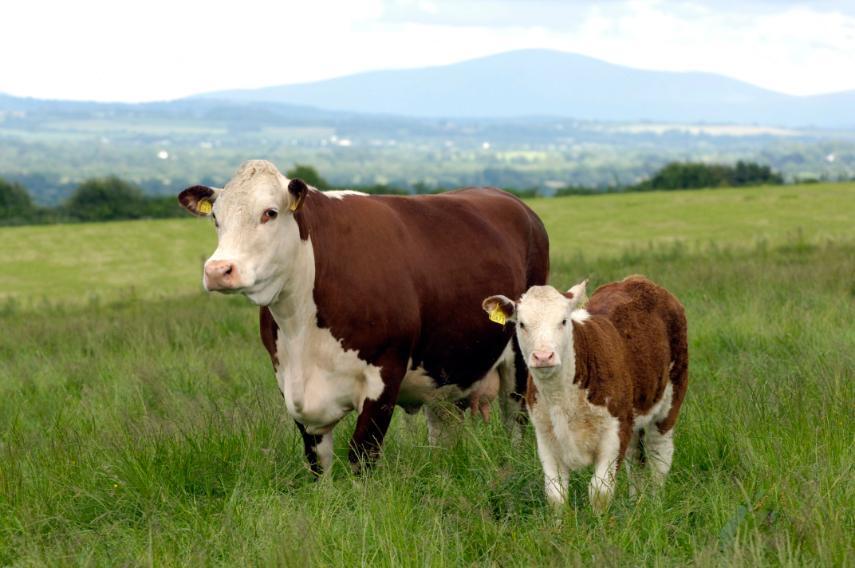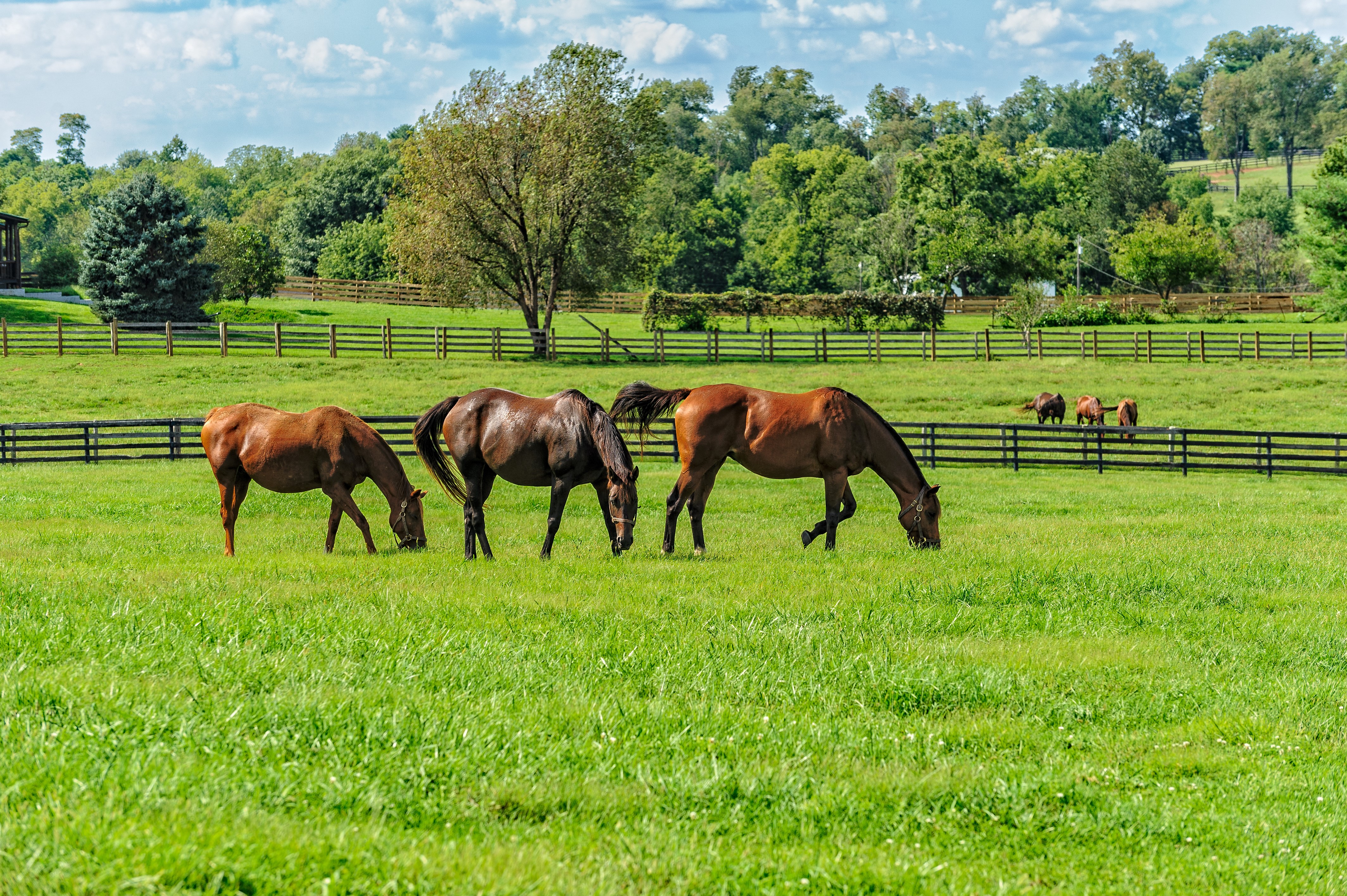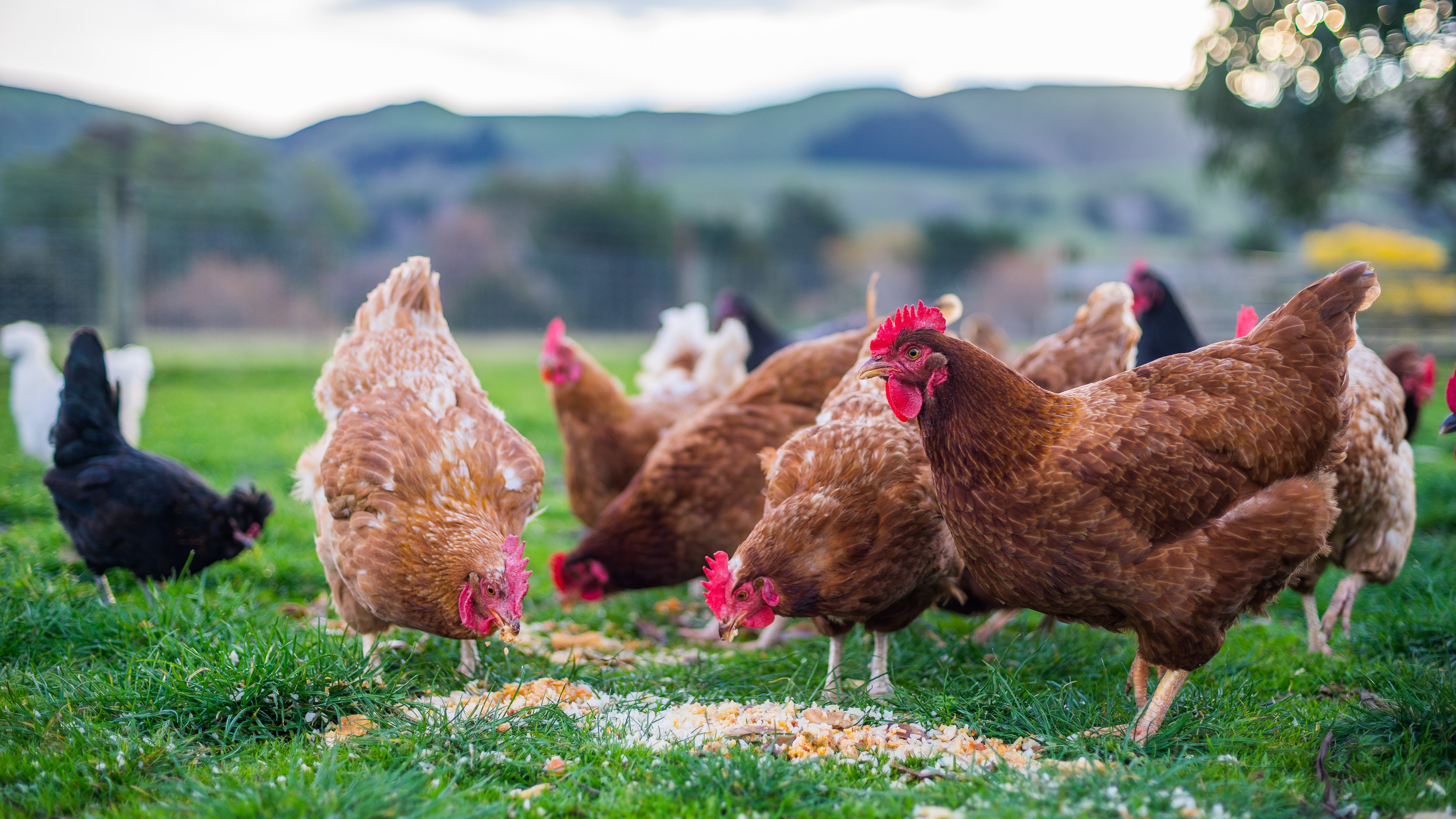Testing for Bluetongue 2018

Background
Bluetongue is a disease of ruminants (including cattle, sheep and goats) which has been present in northern Europe since 2006. A large number of outbreaks involving the BTV-8 strain have been recorded in France since 2015, and the disease was recorded in Germany in December 2018.
Active surveillance
To demonstrate freedom from bluetongue, Ireland tests cull cows which are sampled as they pass through slaughter plants. An appropriate sample size for the surveillance programme was calculated taking into account certain parameters set out in EU legislation. 497 cull cows were tested for bluetongue using an ELISA test, and these samples were chosen so that they were geographically representative of the cattle population.
The samples were collected during November and December 2018. Early winter is considered to be the end of the vector season (i.e. the end of the time when midges are active) and so is the most appropriate time for sampling. Testing was carried out by the Department of Agriculture, Food and the Marine (DAFM) in its Blood Testing Laboratory in Cork in the first quarter of 2019. All cull cow samples tested negative for bluetongue, and Ireland was able to demonstrate freedom from the disease on that basis.
Passive surveillance
It should be noted that the active surveillance outlined above is primarily aimed at demonstrating disease freedom to trading partners, and is supplementary to the passive surveillance which Ireland regards as its mainstay in detecting incursions of exotic disease.
Bluetongue is a notifiable disease in Ireland, meaning that anyone who suspects that an animal may have the disease is legally obliged to notify DAFM.
A leaflet with further information about the typical clinical signs of bluetongue is available here:
Beyond disease reporting, DAFM operates a network of regional veterinary laboratories, strategically located around the country. Farmers and private veterinary practitioners (PVPs) submit large numbers of samples from sick animals to the laboratories every week, and therefore DAFM can be confident that in the event that disease reporting was not effective in detecting an incursion of bluetongue, then laboratory-based passive surveillance would achieve this result instead.
Farmers are encouraged to report suspicions of bluetongue to their local Regional Veterinary office, and to make use of their local Regional Veterinary Laboratory to aid with diagnosis of disease conditions.






